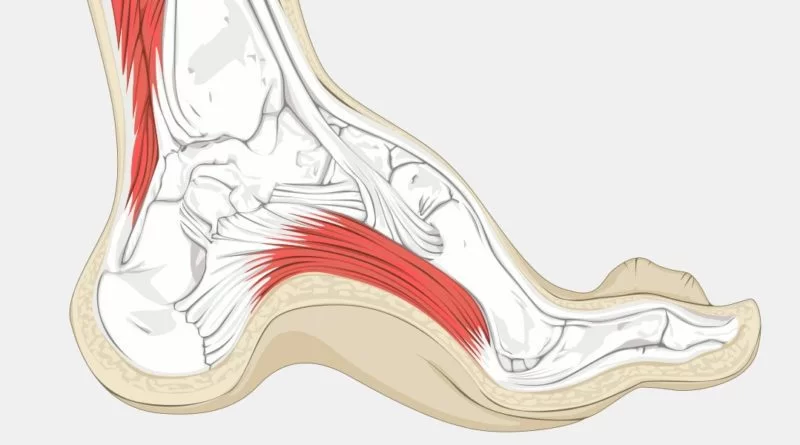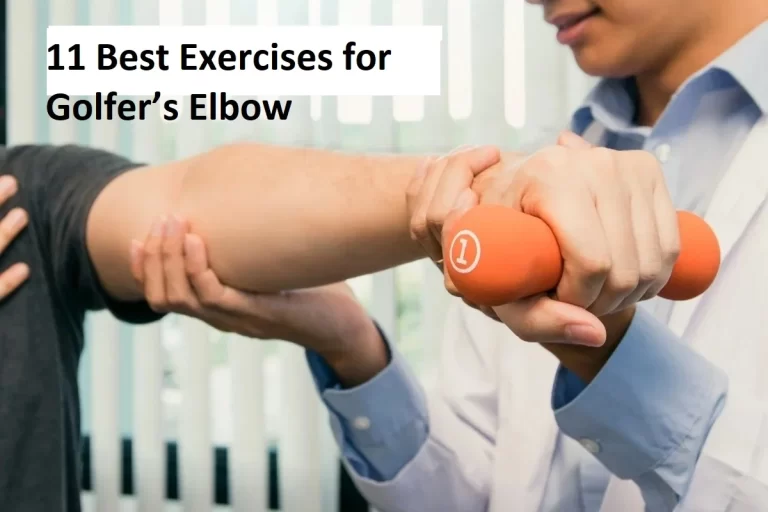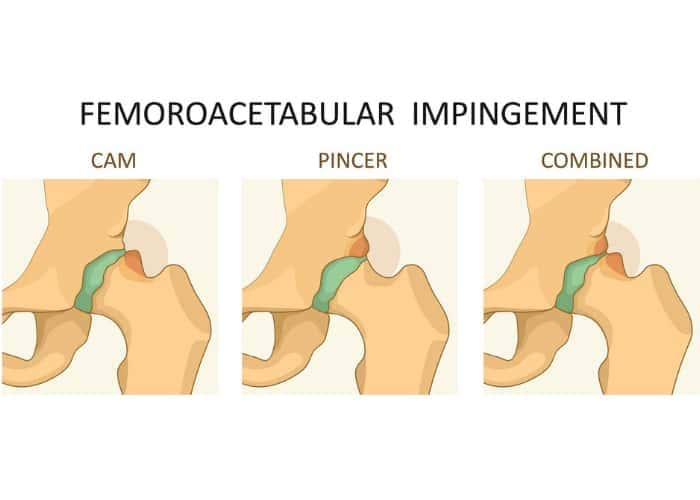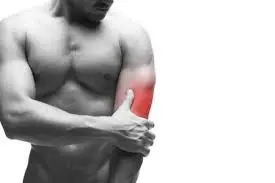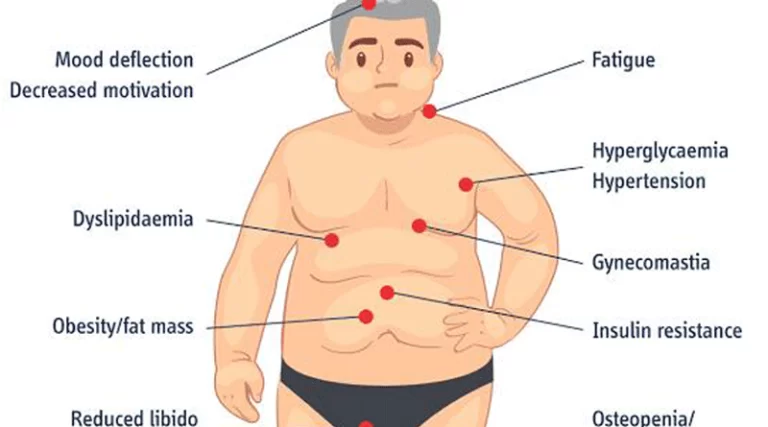Cavus Foot
Table of Contents
What is a Cavus Foot?
Cavus foot is a condition in which the foot has a very high arch. … Cavus foot is often caused by a neurologic disorder or other medical condition, such as cerebral palsy, Charcot-Marie-Tooth disease, spina bifida, polio, muscular dystrophy, or stroke.
An accurate diagnosis is important because the underlying cause of the cavus foot largely determines its future course.
Cavus foot is a condition in which the foot has a very high arch. Because of this high arch, an excessive amount of weight is placed on the ball and heel of the foot when walking or standing. Cavus foot can lead to a variety of signs and symptoms, such as pain and instability. It can develop at any age and can occur in one or both feet.
Cavus foot is also called pes cavus, high instep, supinated foot, or talipes cavus. It is a deformity in which the foot has a high arch. This condition typically produces the appearance of a large space under the foot. The toes and heel are drawn inward.
When standing or walking, excessive weight puts too much pressure on the ball and ankle of your foot. The high arches can either be flexible (the arch may move to a lower height) or rigid (the arch doesn’t move to a lower height). At first, the heel tilting is flexible. As time goes by, however, the joints and tissues become stiff and the heel tilt becomes fixed.
Cavus Foot Types
Doctors categorize pes cavus in two ways: congenital and idiopathic. A large retrospective survey discovered that more than 80% of cavus foot patients suffer from the idiopathic form, compared to 19% with the neuromuscular type. Other studies, though, reveal the opposite. Here are the two major classifications of cavus foot deformity.
- Idiopathic Cavus Foot
This means the deformity is mild and the foot shape is identified as non-neurologic. Diagnosing idiopathic cavus foot requires a thorough clinical assessment.
2.Congenital Cavus Foot
Cavus foot has long been linked to congenital diseases that result in a characteristic deformity. Conditions such as hereditary sensorimotor neuropathy and polio can cause an imbalance of lower limb muscles, which leads to cavus foot and a multitude of symptoms.
Causes of Cavus Foot
Cavus foot is often caused by a neurologic disorder or other medical condition such as cerebral palsy, Charcot-Marie-Tooth disease, spina bifida, polio, muscular dystrophy, or stroke. In other cases of cavus foot, the high arch may represent an inherited structural abnormality.
An accurate diagnosis is important because the underlying cause of the cavus foot largely determines its future course. If the high arch is due to a neurologic disorder or other medical condition, it is likely to progressively worsen. On the other hand, cases of cavus foot that do not result from neurologic disorders usually do not change in appearance.
Symptoms of Cavus Foot
The arch of a cavus foot will appear high even when standing. In addition, one or more of the following symptoms may be present:
Hammertoes (bent toes) or claw toes (toes clenched like a fist)
Calluses on the ball, side, or heel of the foot
Pain when standing or walking
An unstable foot due to the heel tilting inward, which can lead to ankle sprains
Some people with cavus foot may also experience foot drop, a weakness of the muscles in the foot and ankle that results in dragging the foot when taking a step. Foot drop is usually a sign of an underlying neurologic condition.
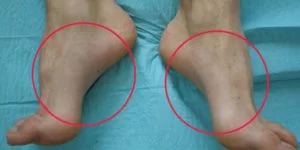
Diagnosis
Diagnosis of cavus foot includes a review of the patient’s family history. The foot and ankle surgeon examines the foot, looking for a high arch and possible calluses, hammertoes, and claw toes. The foot is tested for muscle strength, and the patient’s walking pattern and coordination are observed. If a neurologic condition appears to be present, the entire limb may be examined. The surgeon may also study the pattern of wear on the patient’s shoes.
X-rays are sometimes ordered to further assess the condition. In addition, the surgeon may refer the patient to a neurologist for a complete neurologic evaluation.
Treatment for Cavus Foot Deformity
Don’t let your condition leave you uncomfortable and ruin your mobility. Reduce the risk of progression by arming yourself with information about treatment methods. Here are a few available options.
Cavus Foot Shoes
A pair of shoes with great cushioning makes walking more comfortable and eases the pressure from painful areas. Make sure there is enough space in your shoes so your toes are not rubbing roughly. If you jog or play sports, look for high-top shoes with shock-absorbing material to support your ankle, as well as shoes with wide heels for stability. Talk to an orthotist about fitting you for shoes, and use insoles when necessary.
Your doctor may recommend a custom Cavus foot orthotic device that fits perfectly into your shoe. It provides cushioning and stability to the foot. Custom orthotics are a good choice, but some pre-made orthotics work just as well. The Envelop full-length orthotics, for example, were designed by podiatrists, so you’re getting the same quality as custom orthotics for a fraction of the cost.
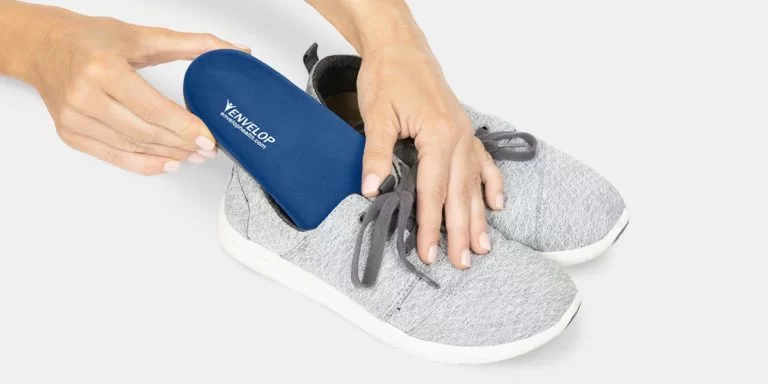
Bracing
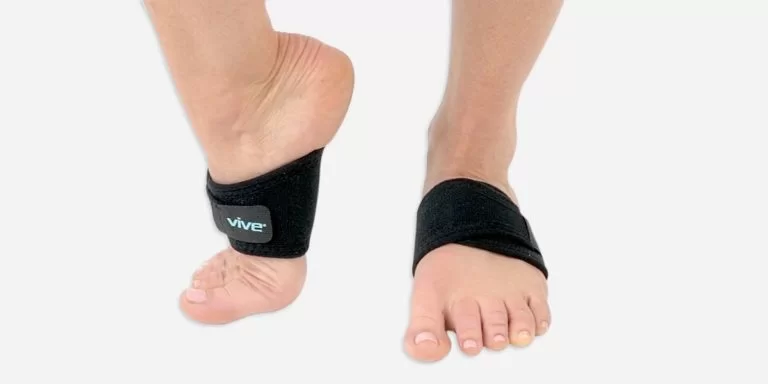
A doctor will prescribe a brace to help keep your ankle and foot stable. Arch support uses gel to support your arch and protect against re-injury and to manage foot drop. They’re super comfortable—you can wear them all day.
An ankle brace will keep your joint stable while your cavus foot heals. You don’t want to add a twisted ankle into the mix!
Cavus Foot Exercises
You can perform basic cavus foot exercises at home to relieve discomfort and manage early-stage deformity. Be sure to consult your doctor before beginning any new exercise regimen.
Abnormally high arches can cause a variety of uncomfortable foot problems, from a ball of the foot pain to heel issues. Toe conditions, like hammertoe and claw toe, are other common side effects, making it more uncomfortable to wear shoes and walk normally. Fortunately, some toe exercises can help you manage early-stage digital deformities and relieve some pain from your cavus foot. Here are a few basic ones you can try at home:
Towel Stretch – Sitting with your feet in front of you, loop a towel around the ball of your foot. Flex your foot, then gently pull back on the towel with your hands to stretch your toes.
Bent-Knee Wall Stretch – Stand roughly a foot from a wall with your palms flat against it. Keeping your heels flat on the ground, bend both knees and lean your whole body forward slightly, using the wall to balance.
Toe Squeeze – Stick your fingers between each of your toes. Squeeze your toes together as hard as you can for ten seconds, then relax and repeat.
Toe Rolls – With your feet flat on the ground, raise just your toes up. Slowly lower your toes one at a time so they “roll” back down to the ground.
Golf Ball Pick-Up – Using just your toes, try to pick up a golf ball from the ground and put it into a bucket. If this to too hard to start, use a wash cloth and marbles first.
These toe exercises work the small stabilizing muscles and connectors, building their strength and flexibility so they’re less likely to hurt and cause problems.
Towel stretch
- Sit with the feet at your front.
- Wrap the towel on the heel forming like a sling.
- Flex the foot.
- Pull the towel back; make sure that you are stretching the toes.
Towel Toe Curls
- Lay a towel smoothly on the floor.
- Sit.
- Pull the towel towards you using all your toes.
- Push the towel back.
- Repeat steps three and four
Calf Stretch
- Standing Calf Stretch
- Face a wall.
- Place your one foot in front of the other. Make sure that both feet are pointing toward the wall.
- Put your hands on the wall like you are about to push it. You will use your hands as support.
- Lean to the wall by bending the front knee. You should feel the stretch on the calf of your back leg.
- Hold this position for 25 seconds.
- Repeat with the other leg.
- Make three repetitions
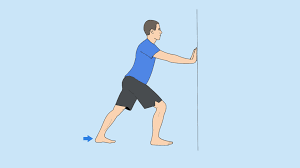
Soleus Stretch
- Face a wall.
- Stand with your right foot back.
- Gradually bend your back knee bent and Keep your heel on the floor.
- Lean against a wall until you feel a gentle stretch in your calf.
- Hold the stretch for 15-30 seconds.
- Perform the stretch three times for each foot
Heel Raises
step stretch
- Go to the last step at the bottom of the stairs.
- Face the stairs.
- Stand straight.
- Place the balls of your feet at the edge of the last step using them to support your weight. Your heels should not be touching the step and should be even with the level of the step. This is the starting position. You may hold the barrister for support.
- Slowly lift your heels higher than the step. You should be standing on your toes.
- Lower your heels toward the floor for as far as you can.
- Go back to the starting position.
- Repeat the process 10 times.
Figure 4 Leg Stretch
- Lay on your back with your knee bent and feet flat on the floor.
- Place the ankle of your right foot on top of your left thigh.
- Cusp your left thigh bringing it towards you.
- Hold for 10 seconds.
- Repeat with the other foot.
Golf Ball Pick-Ups with the Toes
- Lay a golf ball on the floor.
- Pick it up using only your toes. If picking up the golf ball is difficult for you, you may use a marble or a washcloth at first,
- gradually increasing the size into a golf ball.
- Put the golf ball into the bucket.
Toe Taps
- Lift all your toes off the floor.
- Keep your heel on the floor and the outside four toes in the air.
- Tap just the big toe to the floor.
- Change the order and keep the big toe in the air and tap the outside four toes to the floor.
- Start the exercise with ten taps.
- Work up to 50 taps per session.
Conclusion:
Cavus foot is a challenging and painful condition. For this reason, you will need to seek medical treatments to restore your foot structure. The exercises mentioned above will help to facilitate the recovery of your foot.
These high-arch foot exercises work on the small connectors and muscles by strengthening them. If these muscles are strong, they are less likely to cause pain because of your high-arched foot. Before you perform any of these exercises, seek professional advice first. It is highly advisable that you find an expert who can guide you to perform these exercises properly.

